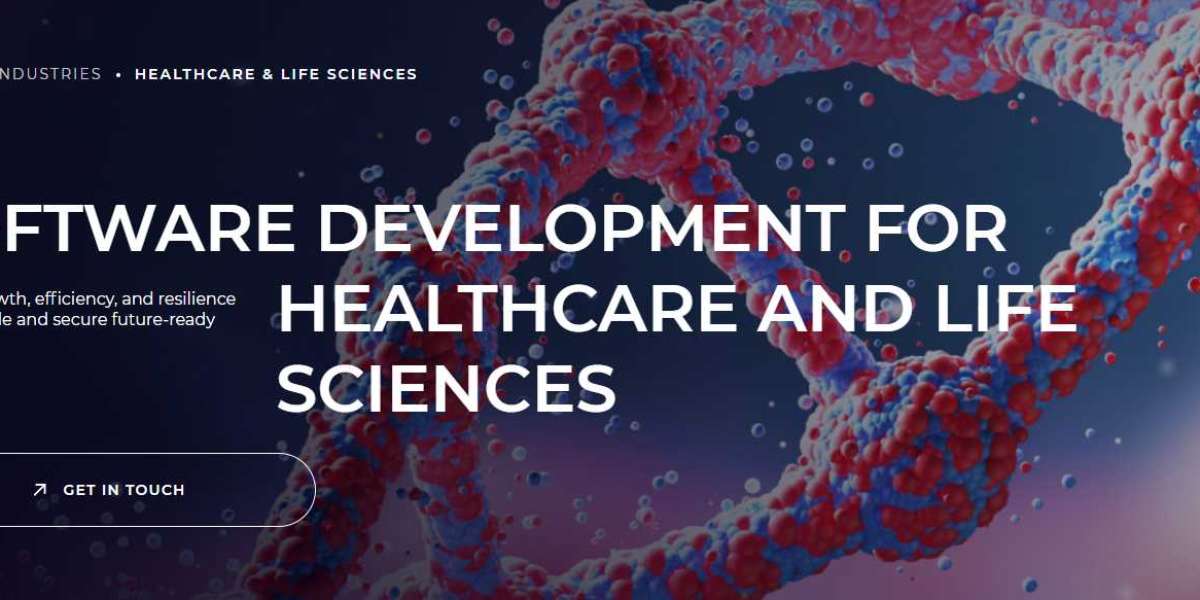In today’s fast-paced world, wearable devices have become more than just fitness accessories — they are powerful tools that track health metrics, monitor performance, and even predict potential risks before they escalate. The seamless integration of wearable technology with healthcare systems and enterprise platforms is rapidly transforming the way data is collected, analyzed, and acted upon.
From smartwatches that monitor heart rate variability to medical-grade wearables tracking glucose levels, the explosion of data generated by these devices is staggering. However, the real challenge is not just capturing this data, but turning it into actionable insights that can drive informed decision-making.
The Rise of Wearable Technology
The global wearable technology market has experienced exponential growth over the past decade. Smartwatches, fitness bands, biosensors, and connected clothing have entered the mainstream, driven by consumers’ desire for real-time feedback about their health and lifestyle.
What began as simple step counters has evolved into sophisticated devices capable of:
Monitoring heart rate, blood pressure, oxygen saturation (SpO₂)
Tracking sleep quality and patterns
Measuring glucose levels for diabetic patients
Detecting irregular heart rhythms or early signs of atrial fibrillation
Providing real-time stress and fatigue alerts
With such a wealth of data, the potential for improving health outcomes, optimizing athletic performance, and enhancing workplace safety is immense. But without proper integration into clinical systems, fitness apps, or organizational dashboards, the data remains underutilized.
The Importance of Integration
Integration is the bridge between raw data and meaningful action. When wearable devices are integrated with healthcare platforms, EHR systems, or corporate wellness programs, the data they generate becomes part of a bigger picture.
Consider a few key use cases:
Personalized Healthcare: A physician can access real-time patient data, enabling early intervention when health anomalies are detected.
Chronic Disease Management: Continuous glucose monitoring systems (CGMs) can alert both patients and providers to trends that might require medication adjustments.
Workplace Safety: Wearable sensors can monitor fatigue levels in high-risk jobs, reducing workplace accidents.
Corporate Wellness: Aggregated, anonymized data can help HR departments design better wellness initiatives based on employee activity levels.
For integration to work, organizations must connect wearable devices to secure data pipelines and analytical platforms, ensuring that the right stakeholders receive the right insights at the right time.
From Data to Insights: The Analytics Layer
Wearable devices can generate gigabytes of data per user per month. However, raw data on its own holds limited value. The key lies in analytics — converting continuous streams of information into context-aware insights.
1. Data Cleaning and Normalization
Wearables from different manufacturers may use different standards, units, and data formats. A normalization layer ensures consistency so that data can be compared, aggregated, and analyzed effectively.
2. Real-Time Processing
Streaming analytics enables near-instant feedback. For example, a runner can receive live coaching cues during a workout based on their heart rate zone. Similarly, a clinician can be alerted when a patient’s vital signs cross a dangerous threshold.
3. Machine Learning and Predictive Modeling
AI algorithms can detect patterns that humans might miss — predicting potential cardiac events, spotting early signs of metabolic disorders, or forecasting recovery times after surgery.
4. Visualization and Reporting
The insights need to be presented in an easy-to-understand format. Dashboards, mobile apps, and automated reports ensure that both patients and decision-makers can act quickly.
Challenges in Wearable Device Integration
Despite its potential, wearable data integration is not without hurdles.
1. Data Security and Privacy
Wearable devices handle highly sensitive personal health information (PHI). Ensuring compliance with regulations like HIPAA or GDPR is crucial. Data must be encrypted, anonymized where possible, and securely transmitted.
2. Interoperability
The wearable ecosystem is fragmented. Each device may use proprietary APIs, making integration complex. Achieving interoperability across multiple vendors requires custom connectors and middleware solutions.
3. Data Accuracy and Reliability
Consumer-grade wearables may not always provide clinical-grade accuracy. Organizations must validate data quality before using it to inform medical or business decisions.
4. User Engagement
Even the best analytics are useless if users do not wear their devices consistently. Strategies for improving engagement — gamification, rewards, or personalized recommendations — are often needed.
Role of Custom Software in Unlocking Value
This is where custom healthcare software development services play a pivotal role. Off-the-shelf solutions may not offer the level of flexibility required to meet industry-specific needs, integrate with existing systems, or comply with stringent regulations.
Custom solutions can:
Build API integrations for a wide range of wearable devices
Provide secure data pipelines for HIPAA-compliant data handling
Develop personalized dashboards for clinicians, patients, or enterprise teams
Enable predictive analytics through AI and machine learning models
Offer scalable architectures that can handle growing amounts of data
For example, Zoolatech, a technology partner known for innovative software solutions, has worked with organizations to create secure, user-centric platforms that bridge the gap between devices and decision-making. Their approach to tailored integration ensures that wearable data is not just collected, but turned into a strategic asset.
Industry Applications of Wearable Data Integration
The opportunities for turning wearable data into actionable insights span multiple industries:
Healthcare and Telemedicine
Remote patient monitoring programs that reduce hospital readmissions
Post-operative recovery tracking to catch complications early
Virtual consultations supported by real-time vital statistics
Sports and Fitness
Training load management for athletes
Injury prevention through motion and strain analysis
Performance optimization with personalized coaching programs
Corporate Wellness
Employee stress level monitoring to reduce burnout
Incentive-based programs encouraging activity and healthy habits
Insights into population-level wellness trends
Insurance
Usage-based health insurance premiums
Early risk detection to reduce claim costs
Personalized preventative care recommendations
Turning Insights Into Action
The ultimate goal of wearable integration is not merely to inform, but to transform behavior and improve outcomes.
1. Individual Level Actions
When users receive meaningful insights — such as an early warning about elevated blood pressure or encouragement to move after long periods of inactivity — they can take immediate steps to improve their health.
2. Organizational Decisions
Employers can redesign wellness programs based on anonymized insights. Healthcare providers can optimize treatment protocols based on real-world patient data.
3. Public Health Impact
Aggregated data from wearables can be used to study trends, inform policy, and even respond to pandemics by tracking population health in real time.
The Future of Wearable Integration
Looking ahead, we can expect wearable devices to become even more sophisticated, with improved biometric sensors, better battery life, and enhanced interoperability. The integration of wearables with AI-driven analytics platforms will pave the way for proactive healthcare, where diseases are predicted and prevented rather than merely treated.
Moreover, as 5G networks and edge computing become more widespread, latency will decrease, enabling ultra-low-latency real-time insights — a critical factor for applications like remote surgery or emergency interventions.
Conclusion
Wearable device integration represents a major leap forward in how we understand and manage health, wellness, and performance. By transforming continuous data streams into actionable insights, organizations can make smarter decisions, improve outcomes, and empower individuals to take control of their health.
However, achieving this vision requires more than just data collection. It demands interoperability, data security, predictive analytics, and user-centric design — all of which can be delivered through custom healthcare software development services.
Companies like Zoolatech are at the forefront of this transformation, helping organizations harness the full potential of wearable technology. As adoption continues to rise, those who successfully integrate wearable data into their decision-making processes will gain a decisive advantage in the digital health revolution.








